It is the largest subtropical wilderness in the US and was designated a National Park in 1934. It has also been named a World Heritage Site, International Biosphere Reserve, and Wetlands of International Importance. The third largest National Park in the lower 48 states, it encompasses 1.5 million acres (Death Valley is 3.4M and Yellowstone 2.2M acres). A network of wetlands and forests, the Everglades is fed by a river flowing .25 miles per day from Lake Okeechobee to the Florida Bay. Over 700 plant species grow here. One third of the park is comprised of navigable water making boat tours, kayaking and canoeing very popular activities for visitors.
Wildlife viewing is another popular activity due to the incredible diversity of wildlife found in the huge park including 350 bird, 300 fish (fresh and saltwater), 40 mammal, and 50 reptile species including the endangered West Indian Manatee, Florida Panther, and threatened American alligator. It is the most significant breeding ground for tropical wading birds in North America and the largest mangrove ecosystem in the Western Hemisphere.
We spent some time at the Visitor Center learning about the cultural history and ecosystem of the Everglades. Native Americans, the Calusa, lived in the Ten Thousand Islands for centuries before the arrival of the Europeans. They thrived by harvesting the rich bounty of the Gulf and bay waters and built villages on large raised mounds (for flood protection) created by discarded shells. Once a proud and respected people, by the 1830s, they were all gone from the area. Many died of disease brought by Europeans and others moved away. The arrival of the Seminole and Miccosukee tribes from the north coincided with the end of the Calusa in the area. In 1896, 1,000+ Calusa artifacts were discovered on Key Marco...a rare find.
There are five types of sea turtles found in the Everglades, Kemp's Riley, Hawksbill, Leatherback, Loggerhead, and Green Sea Turtle.
The American Alligator and American Crocodile both live in the Everglades. The shape of their head is a key differentiator for the two. Also shown is the head of a bottle-nosed dolphin, also common in the waters of the Everglades.
The small tooth sawfish was on the brink of extinction until conservation efforts began to save them. Related to sharks and skates, they have perished in great numbers in fishermen's nets due to their unusual "hedge cutter" rostrum. Today it is illegal to catch or harm them.
Additional displays about West Indian manatees, wading birds, and fish can also be seen in the Visitor Center.
There is a marina and boat launch at the Gulf Coast Visitor Center providing access to the labyrinth of the Ten Thousand Islands area of the Everglades. The marine and estuarine waters extend from Ten Thousand Islands to the Florida Bay.
As we walked along the banks of the estuary here, we saw this beautiful blue heron. He quickly flew off to the nearby island of mangroves.
Next to the park is an Observation Tower and two boardwalks to another estuary. The gift shop was closed, but we could purchase a token to the tower for $2 (cash) from a machine next to the turnstile entrance to the stairway.
Built in 1984, there are 108 steps to reach the top (with some benches for a rest if you need it along the way). As you can imagine there are great views from the top a portion of Ten Thousand Islands.
I saw several planes flying in to land at the tiny airfield next to the Gulf Coast Visitor center.
Our sweet doggy, Sadie, and John waited for me at the bottom of the tower. We were not sure if dogs were allowed.
Next to the Observation Tower is a boardwalk to an estuary where boat tours are offered.
We went back to the Visitor Center and wanted to check out the boat tours that depart from the marina here. Two tours are offered from here (and there are many, many others in the surrounding area). To our delight, we learned that Sadie could accompany us on the 1.5 tour ($37.10/adult, no charge of dogs!) So even though we had not planned on a boat tour, we bought some water and took the next one.
The second boat tour offered here is $47.70/adults, is limited to just 6 passengers and is almost 2 hours.
We saw many birds during the tour. Below is an osprey, cormorants, and brown pelicans in mangrove trees.
In the distance is where the estuaries of Ten Thousand Islands meet the Gulf of Mexico.
Our captain provided an ongoing commentary of the marine and wildlife in the area. The first mate snapped this photo of the three of us.
Sandbars constantly form, dissolve, and re-form in different locations as do the mangrove islands. The high-rise buildings in the distance are Marco Island.
Raccoons are common on many of the mangrove islands. Campers (background permits available at the Visitor Center allow boaters on certain islands where one or two campsites can be found) must guard their food and water supply because the raccoons will snatch them when they can. Because there is no fresh water on any of the islands, raccoons lick the dew off of plant leaves each morning. Can you see this little guy on the shore? There were three but the others ran away before I could snap a shot of them.
We saw many dolphin, but I only got pictures of a few of them. They are so playful and some came quite close to the boat. What beautiful animals.
There are also manatees in these waters, but our tour guide avoided their protected nesting areas. After a very pleasant and informative tour, we headed back to the marina. What a beautiful part of our country!
As we were driving to and from the Visitor Center we saw several Panther Crossing signs. We asked the park ranger if there really were any panthers left in the area. She informed us that each Panther has an estimated 200 acre territory and that they spend most of their time prowling around the perimeter of it. This area of the highway is where several panthers' territories cross the road. A few days later we saw a photo on the news of panther in this area!
Everglades is the 17th National Park we have visited this year and is as amazing as every other park with its unique features. We have been to 30 of the 47 NPs in the continental US in the last three years of full time RVing, and hope to eventually visit all 47. Not only are the national parks fantastic, but also National Monuments, Seashores, Battlefieds, etc., and Wildlife Refuges. We visit them every chance we get!
There are three other Visitor Centers in this huge park, Shark Valley, Ernest F. Coe, and Flamingo (3.5 hours away). Hiking trails, canoe/kayak trails, and wildlife tram and auto tours are available at most. We hope to explore more of the Everglades in the future.
For additional information about the Everglades, visit www.nps.gov/ever.




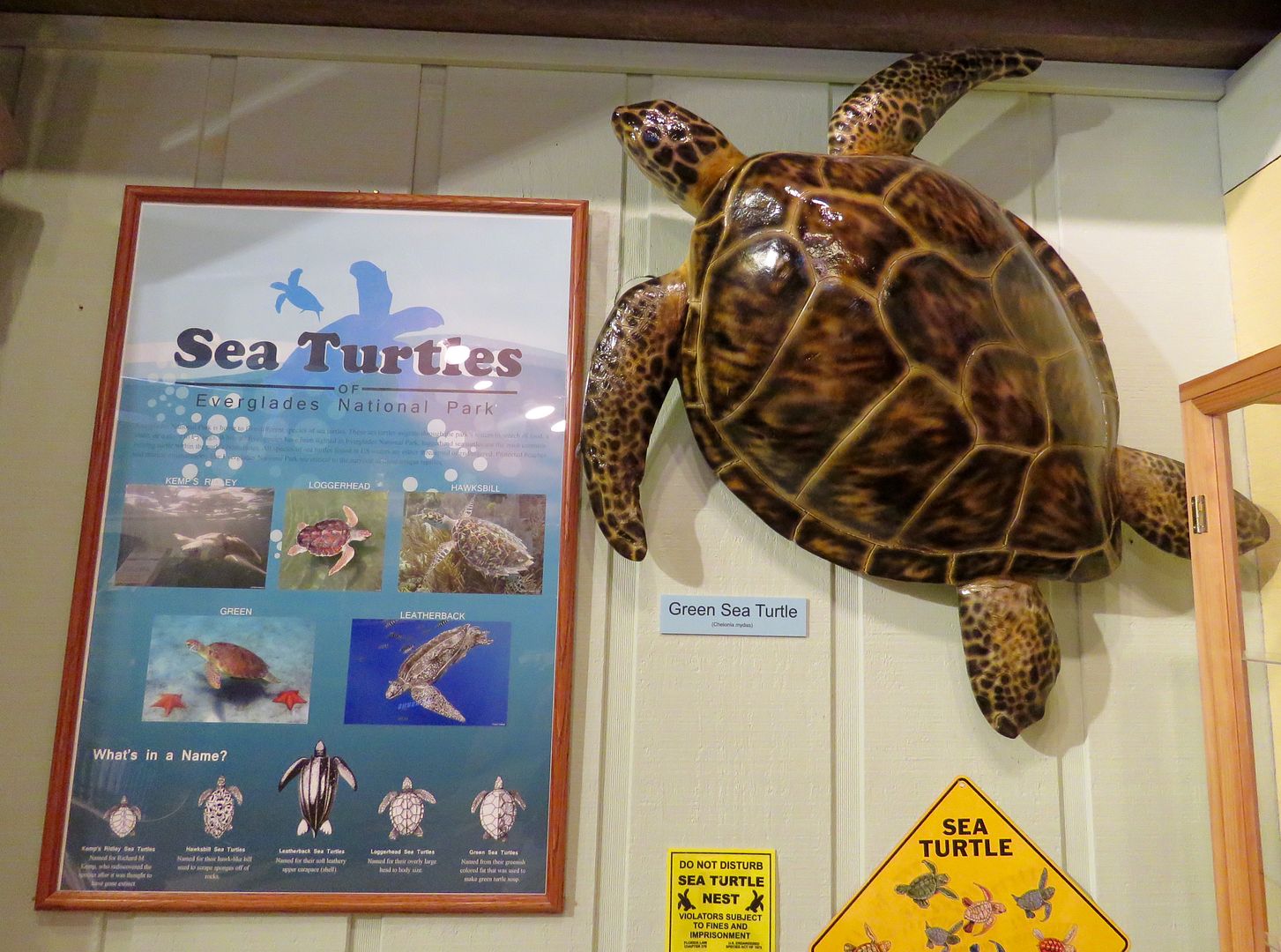

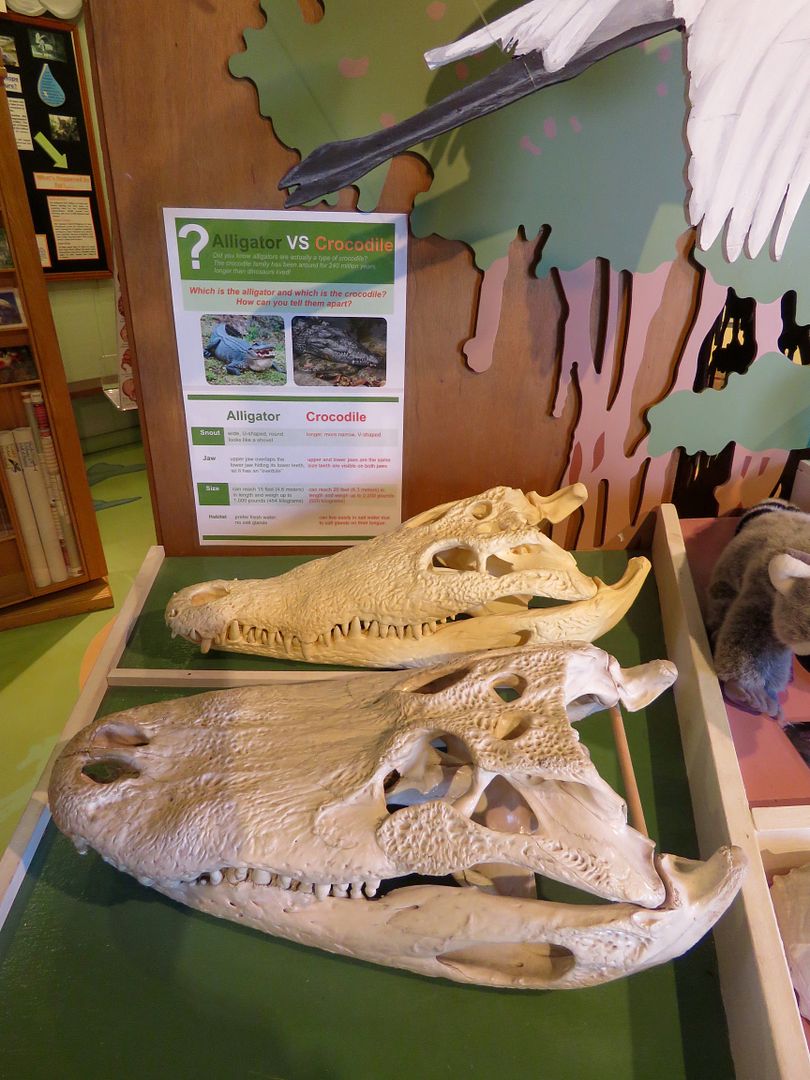

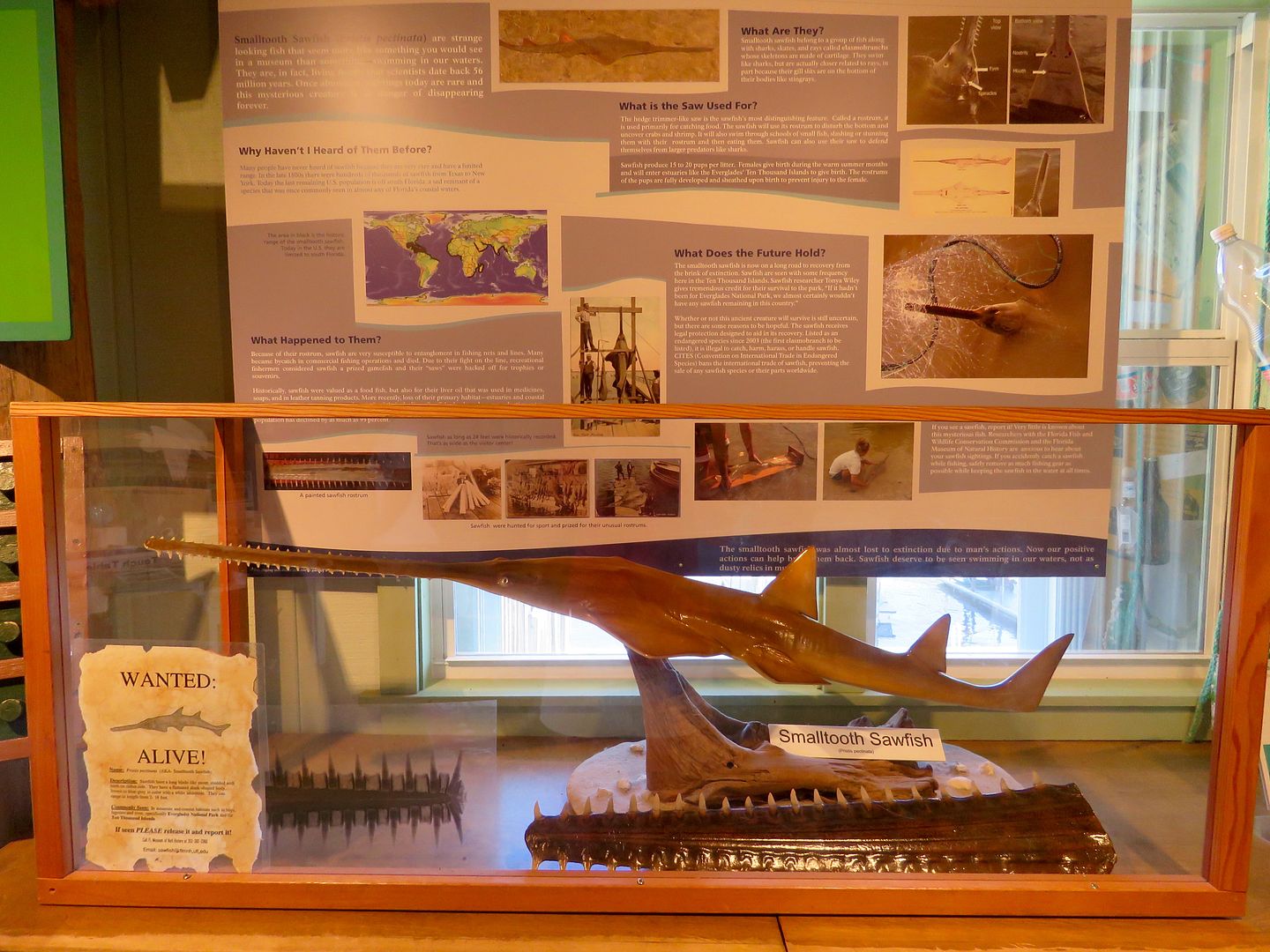
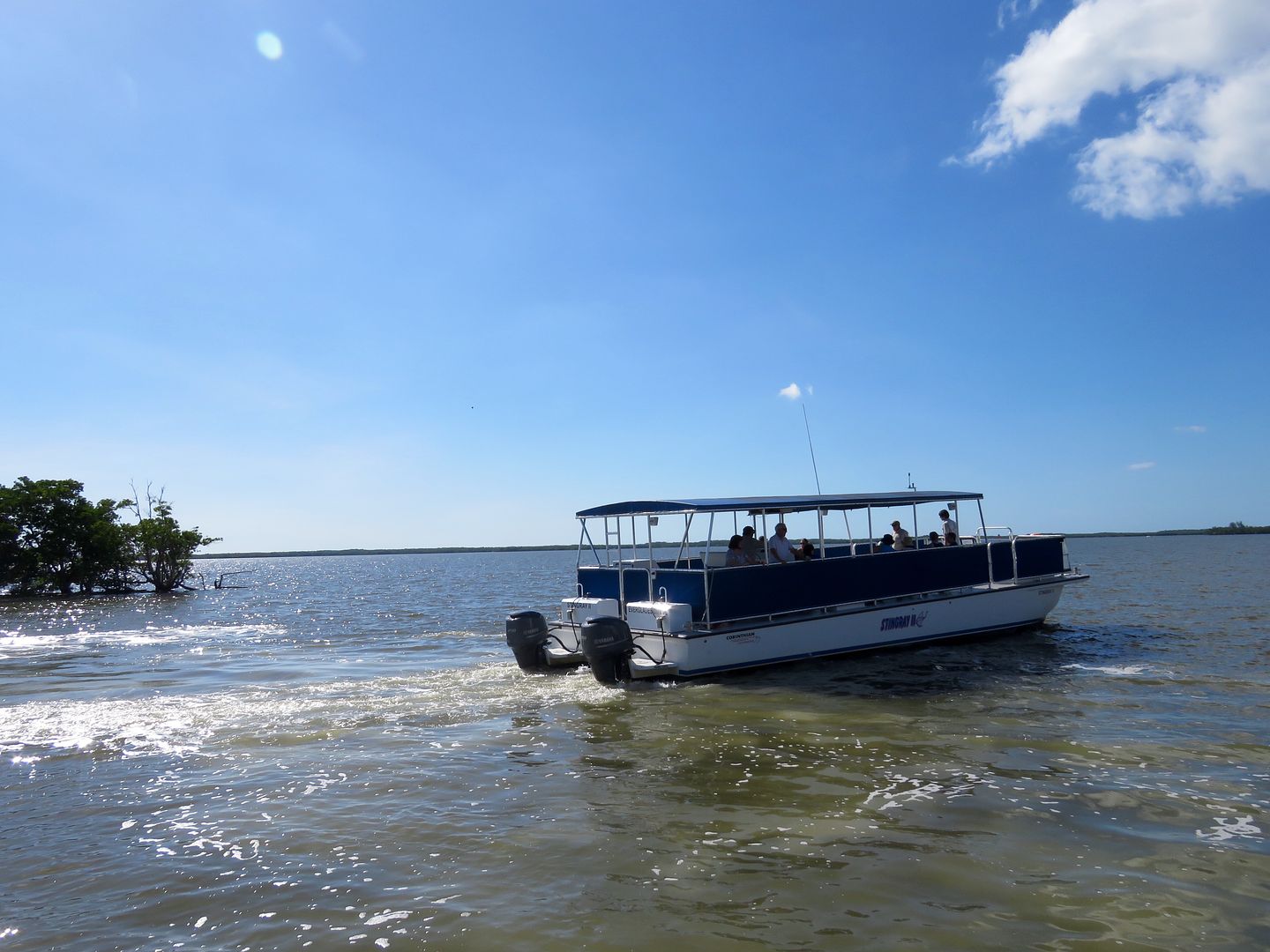
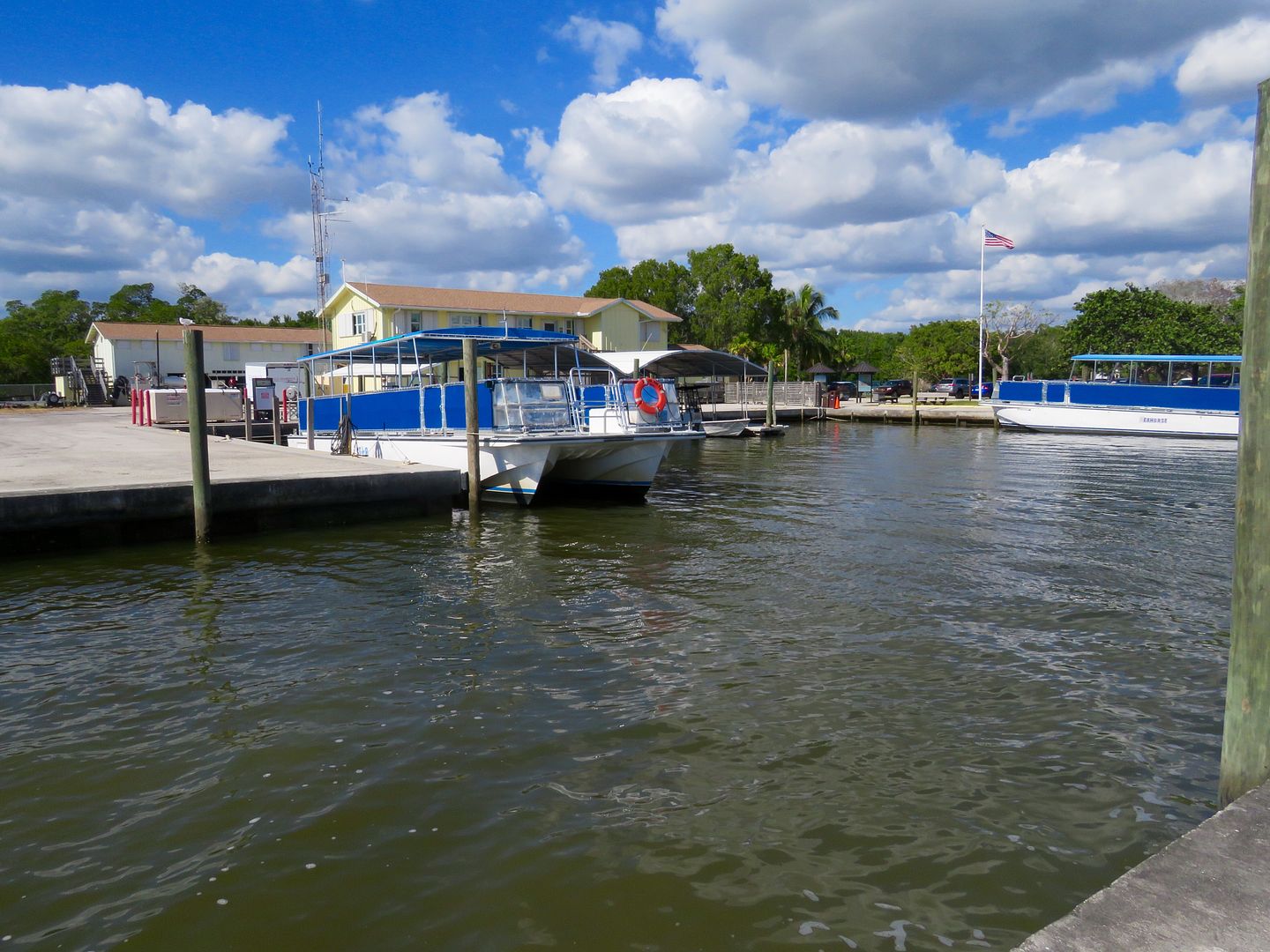
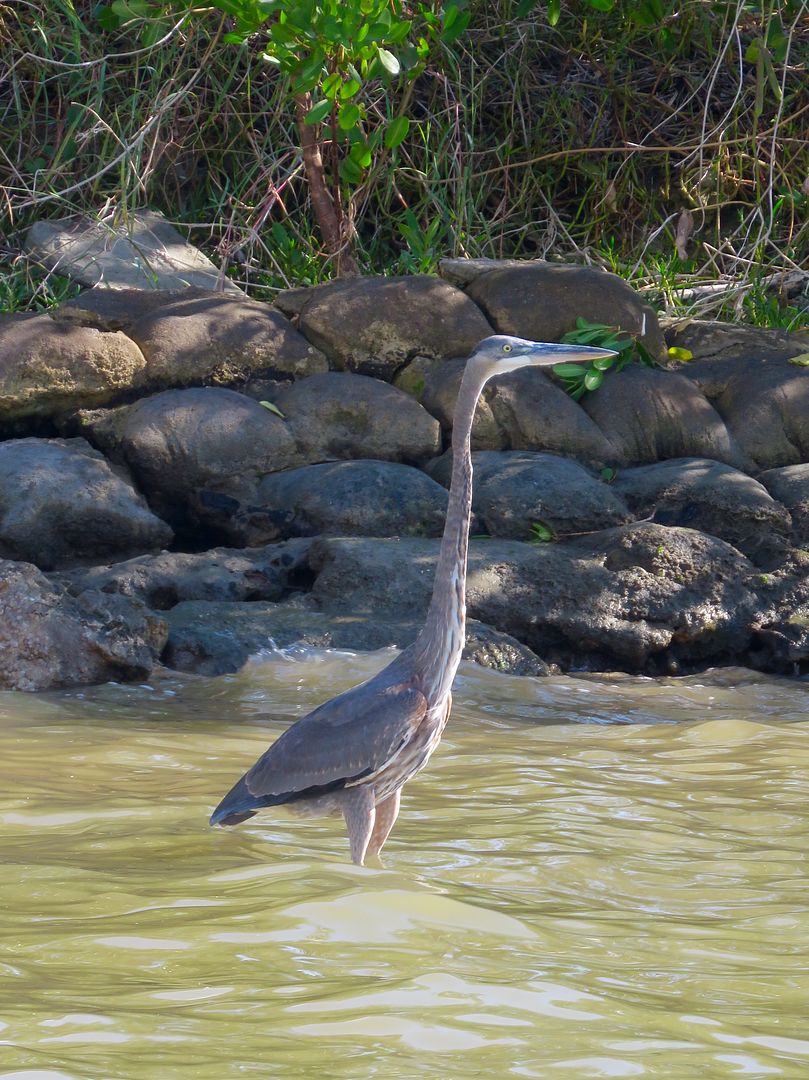

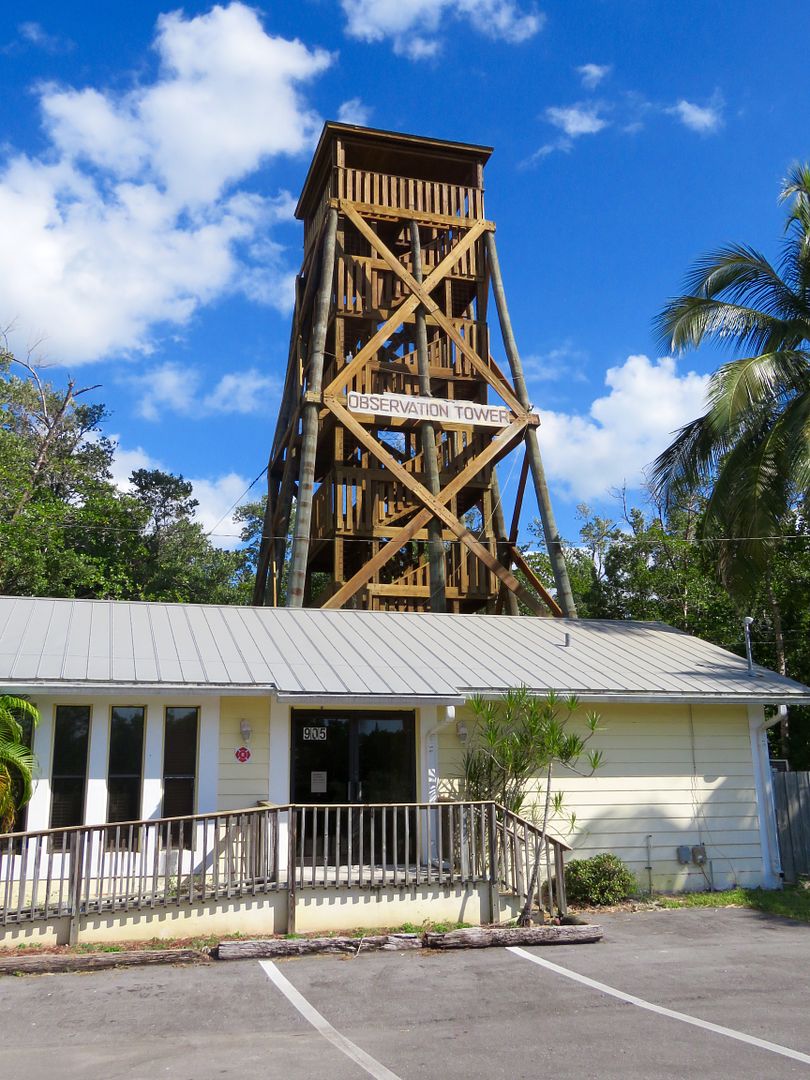
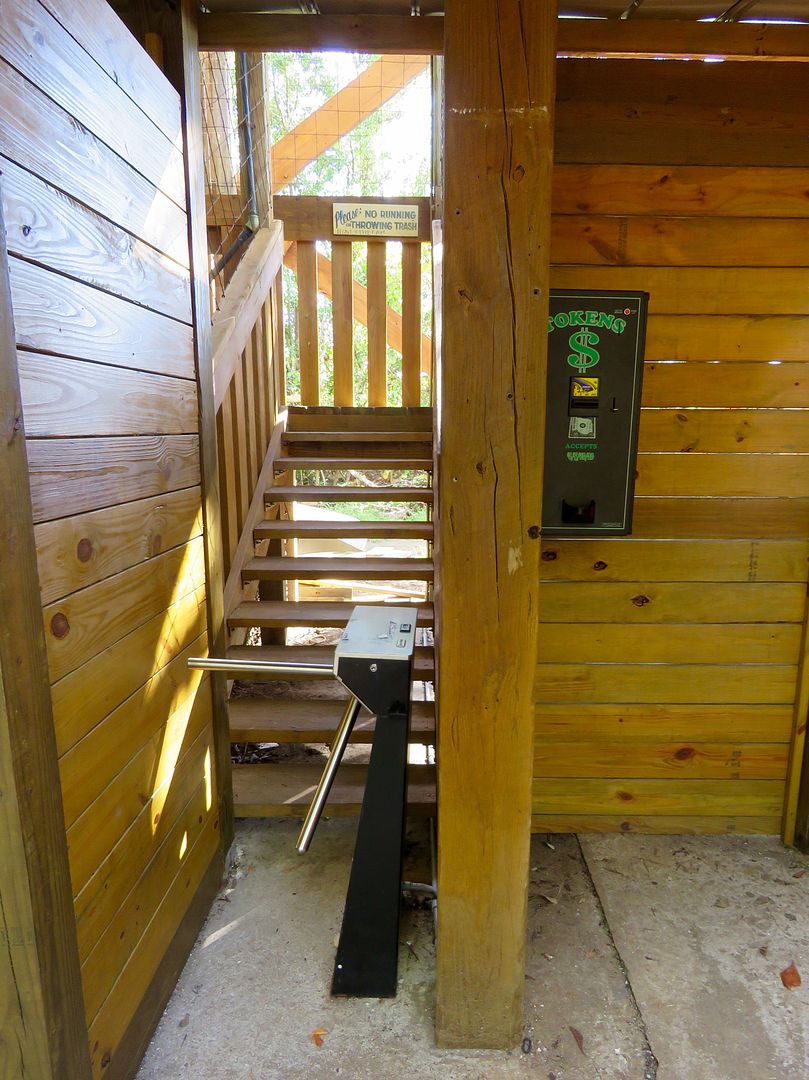
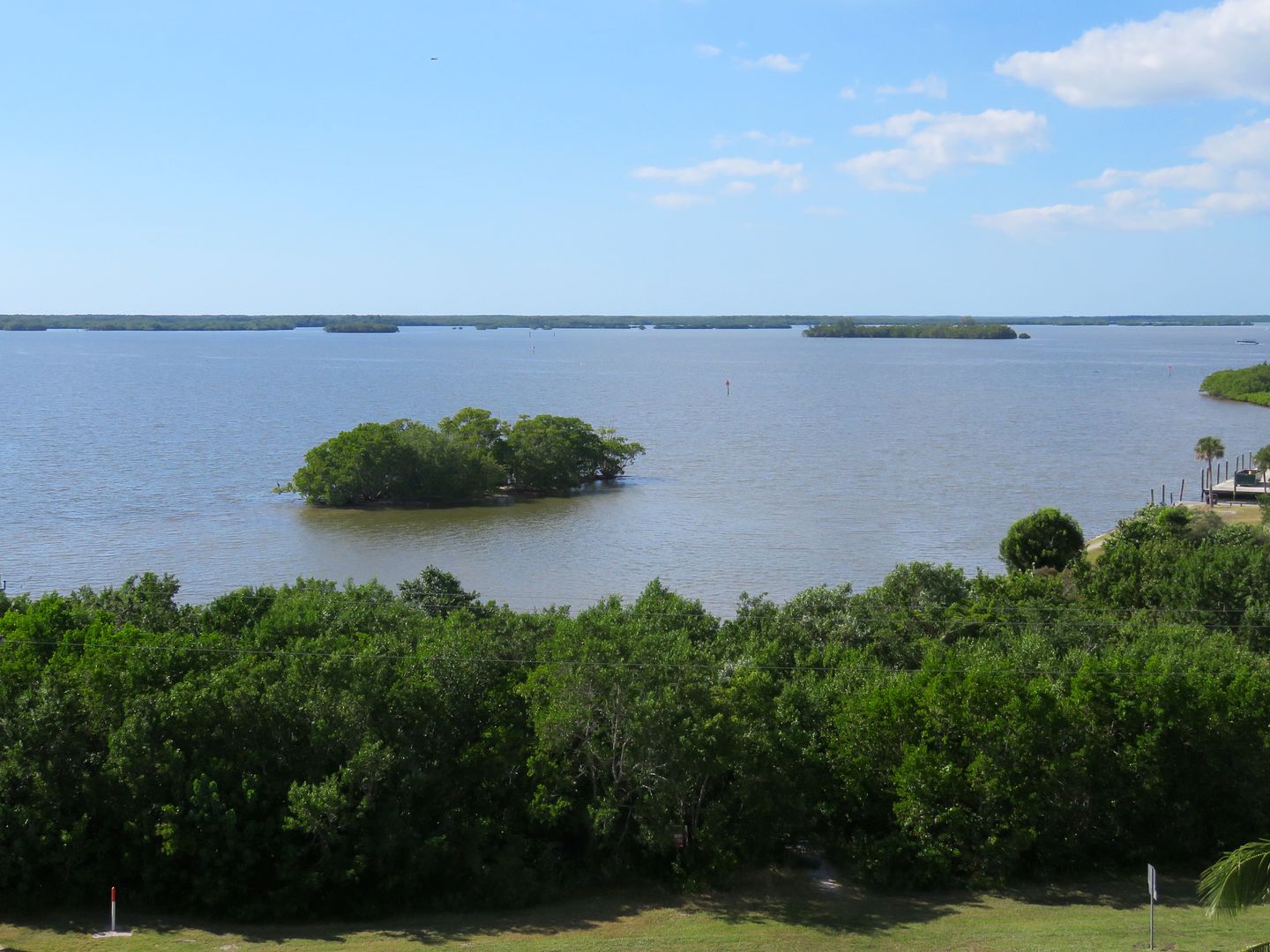
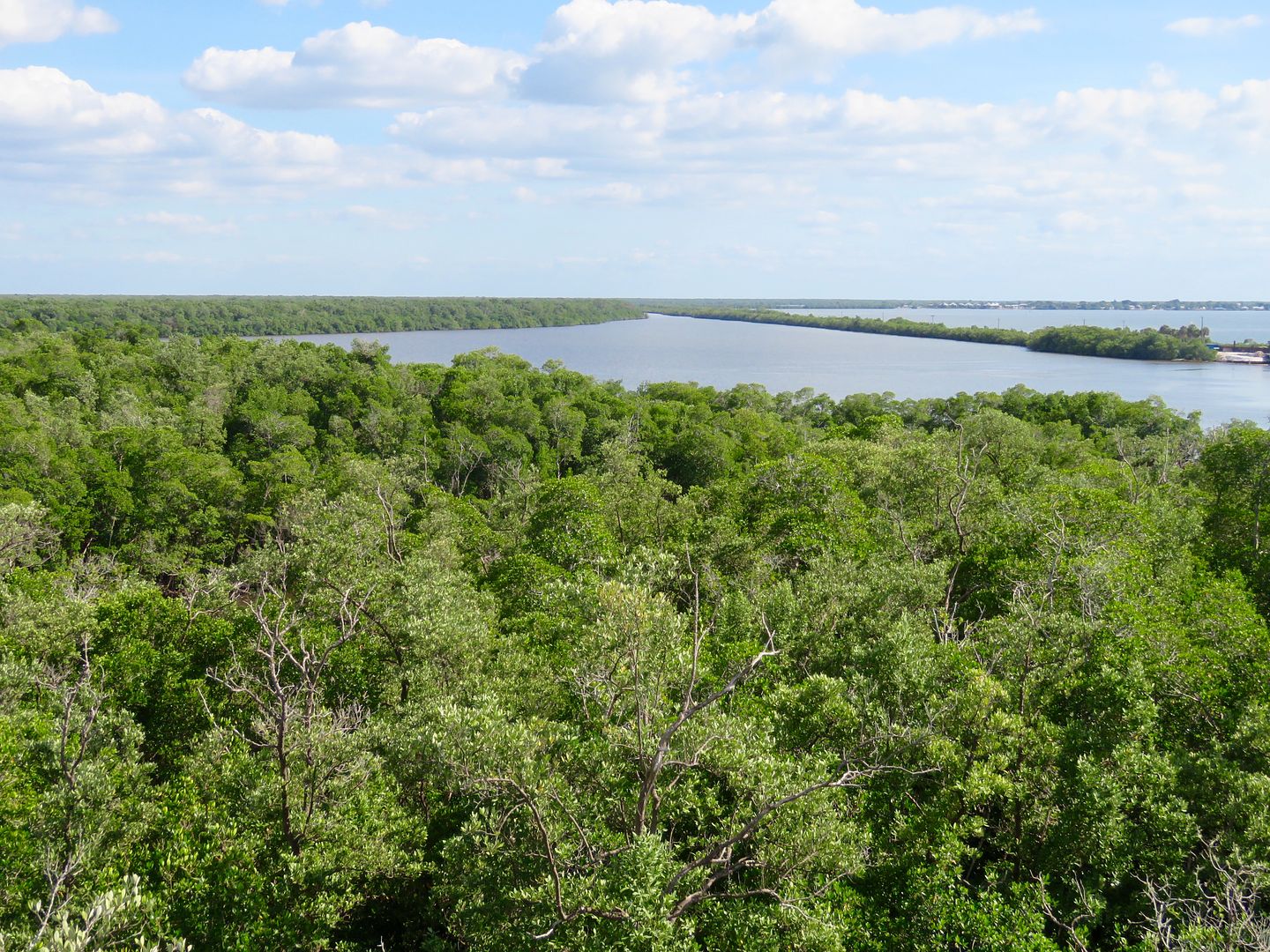
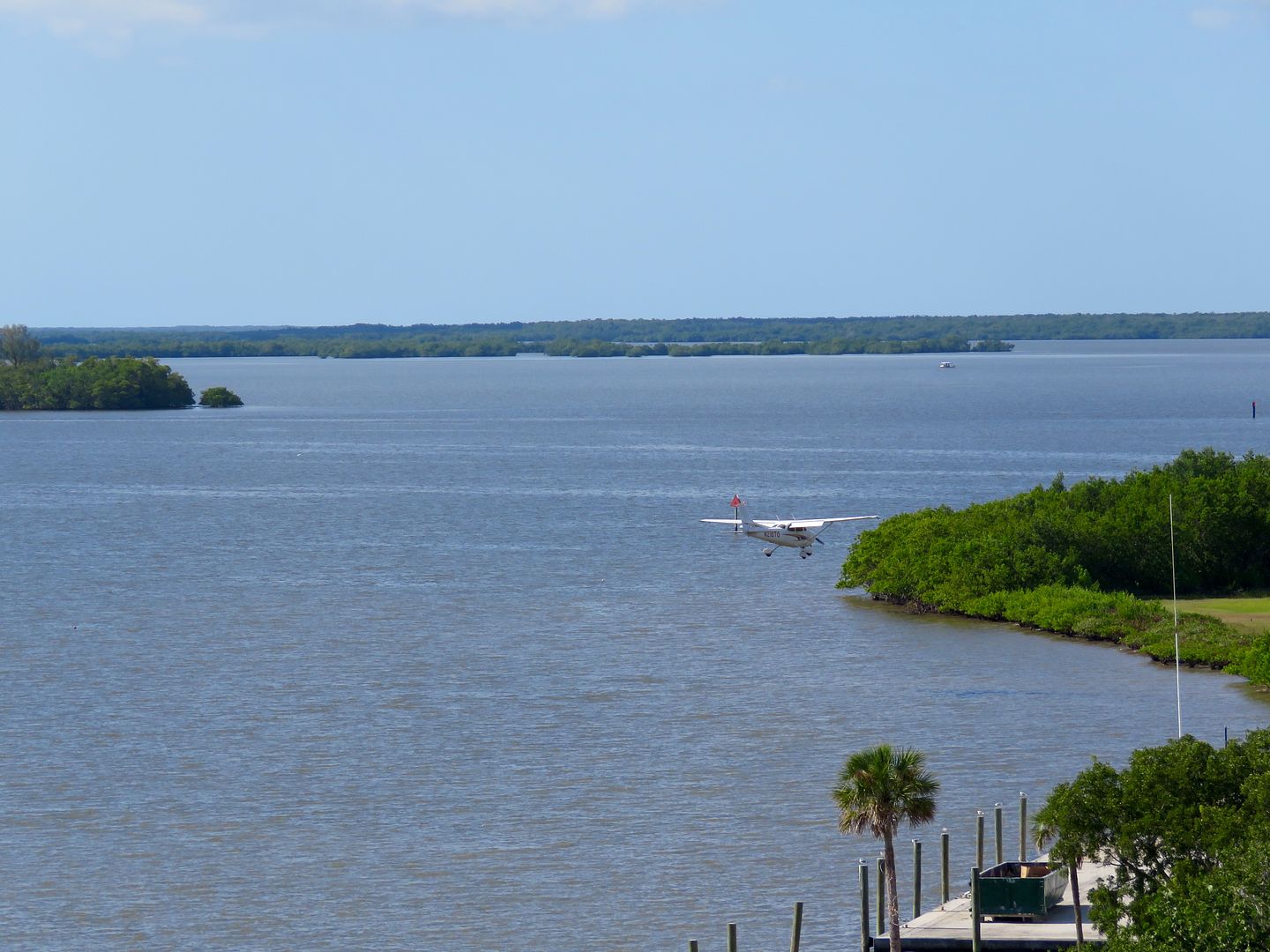

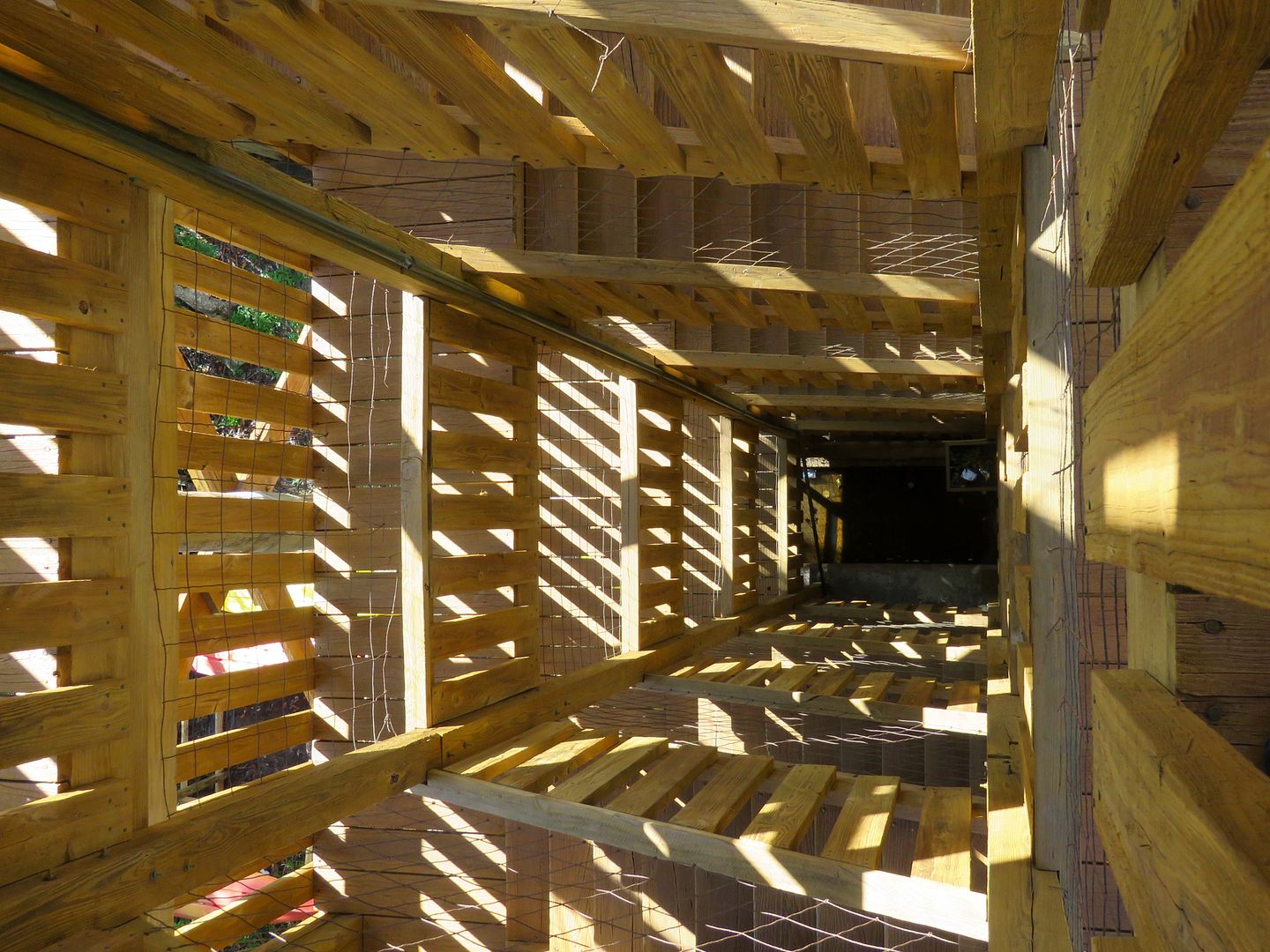
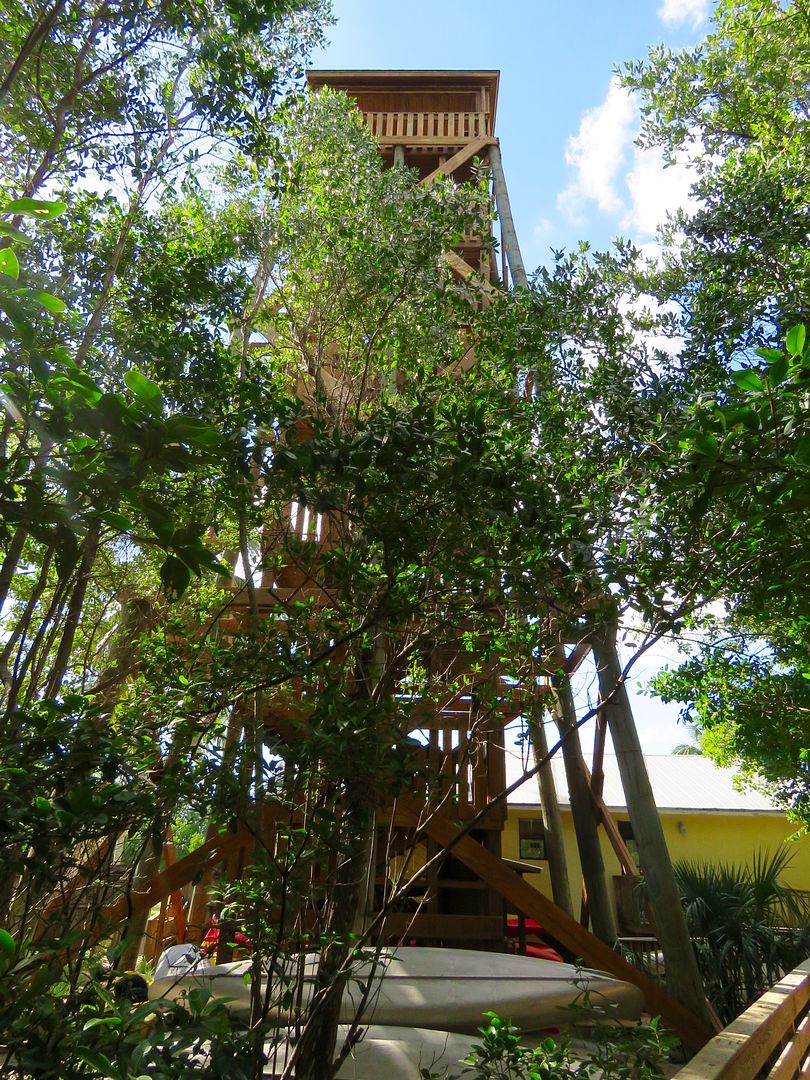
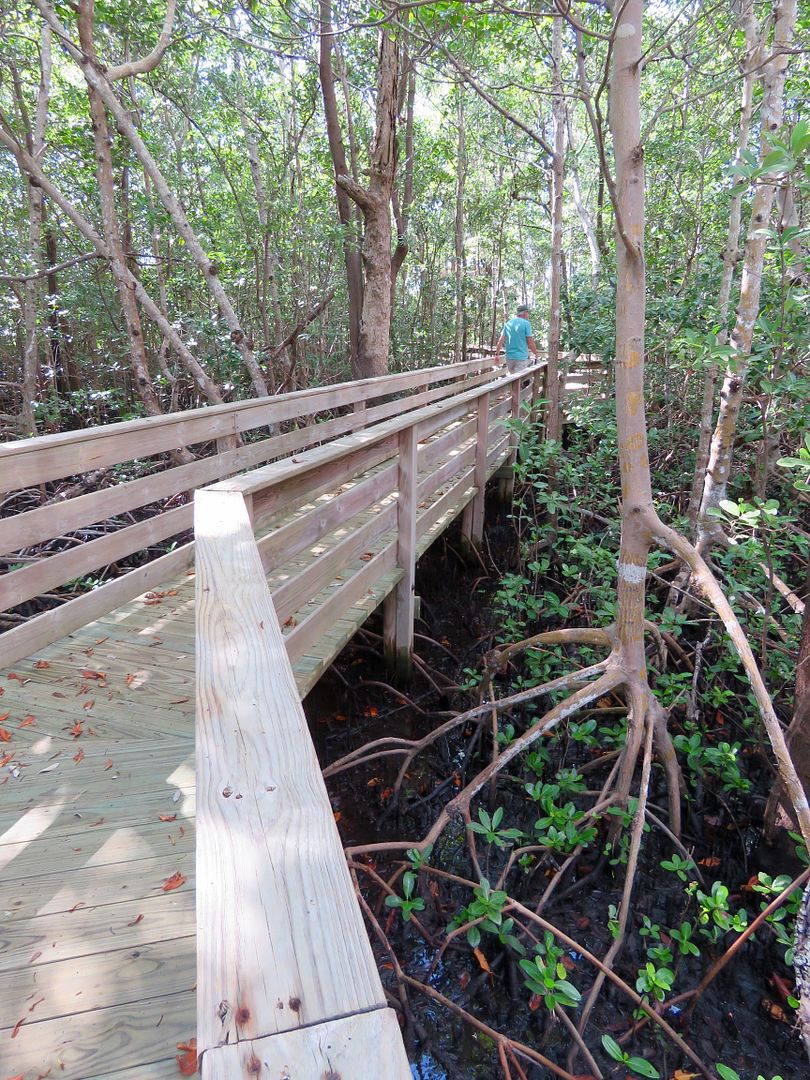
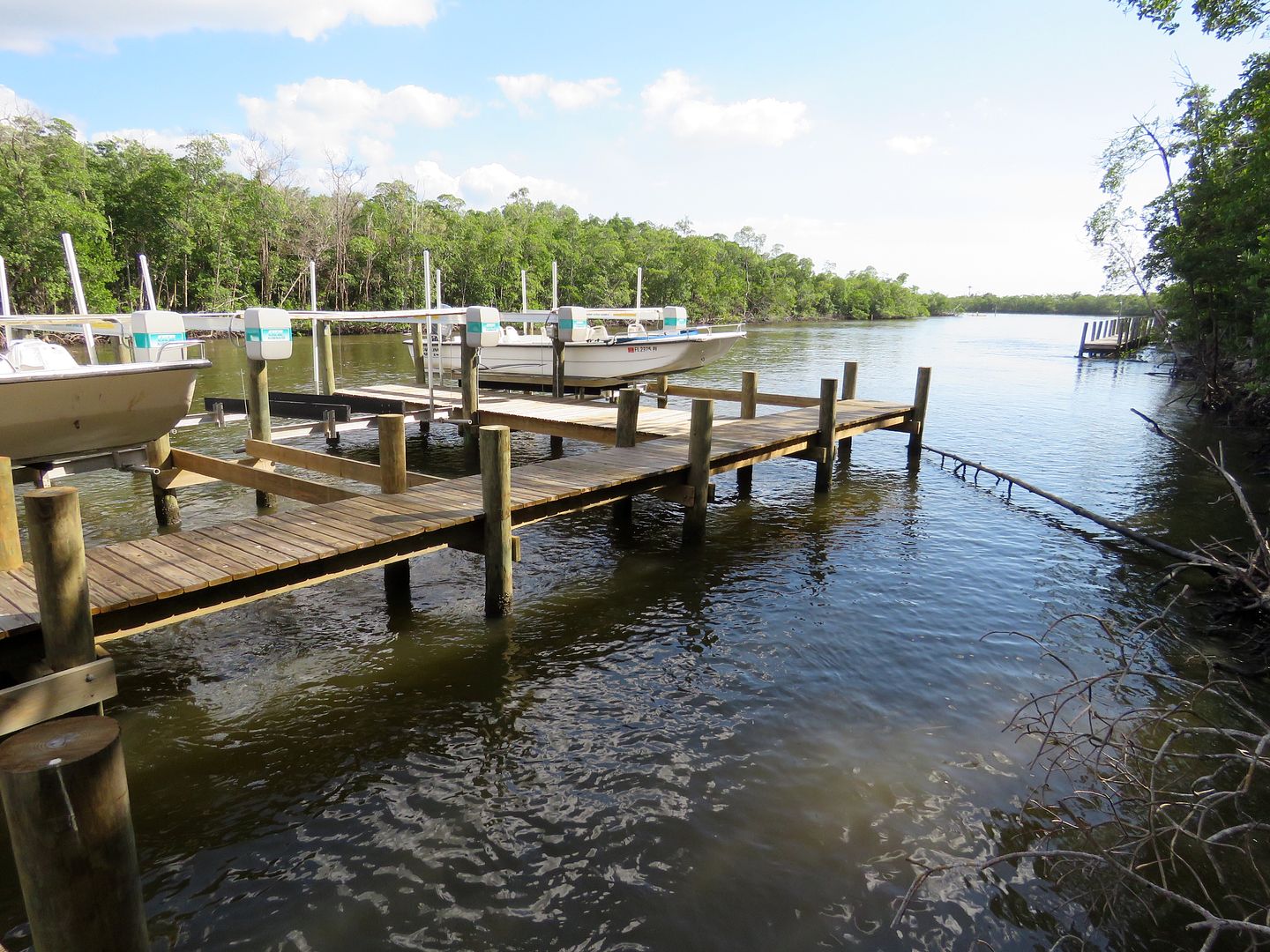
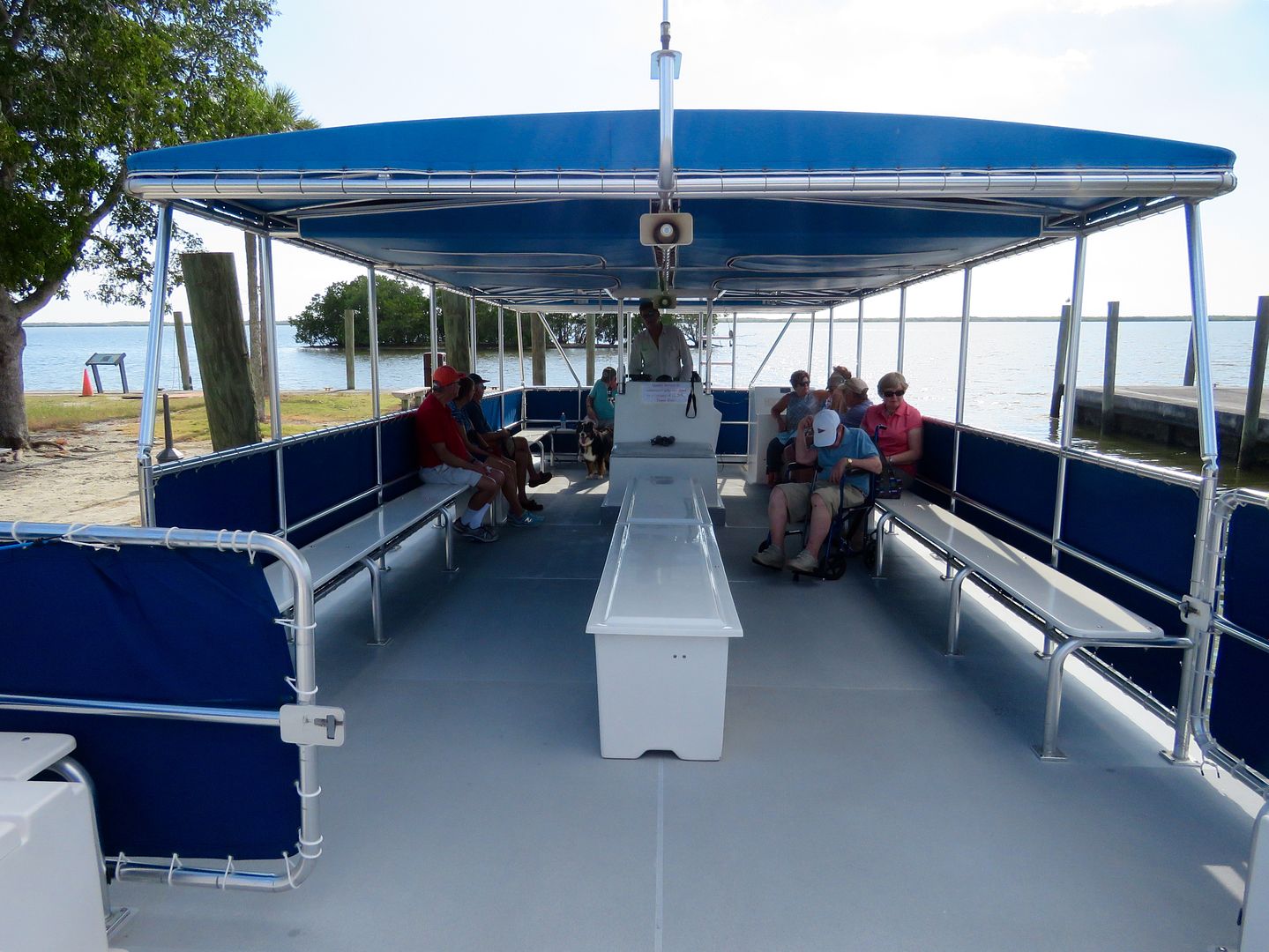
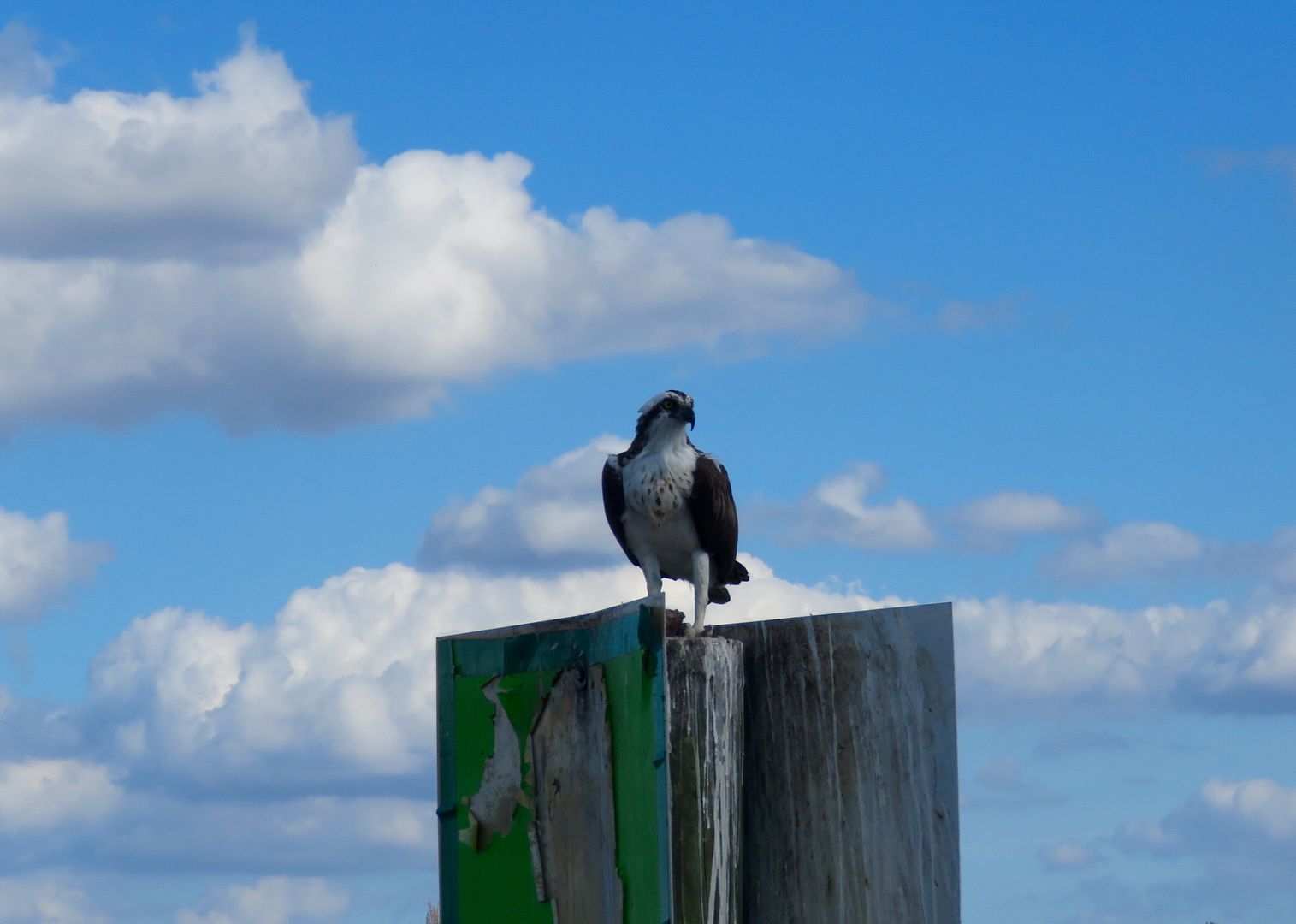

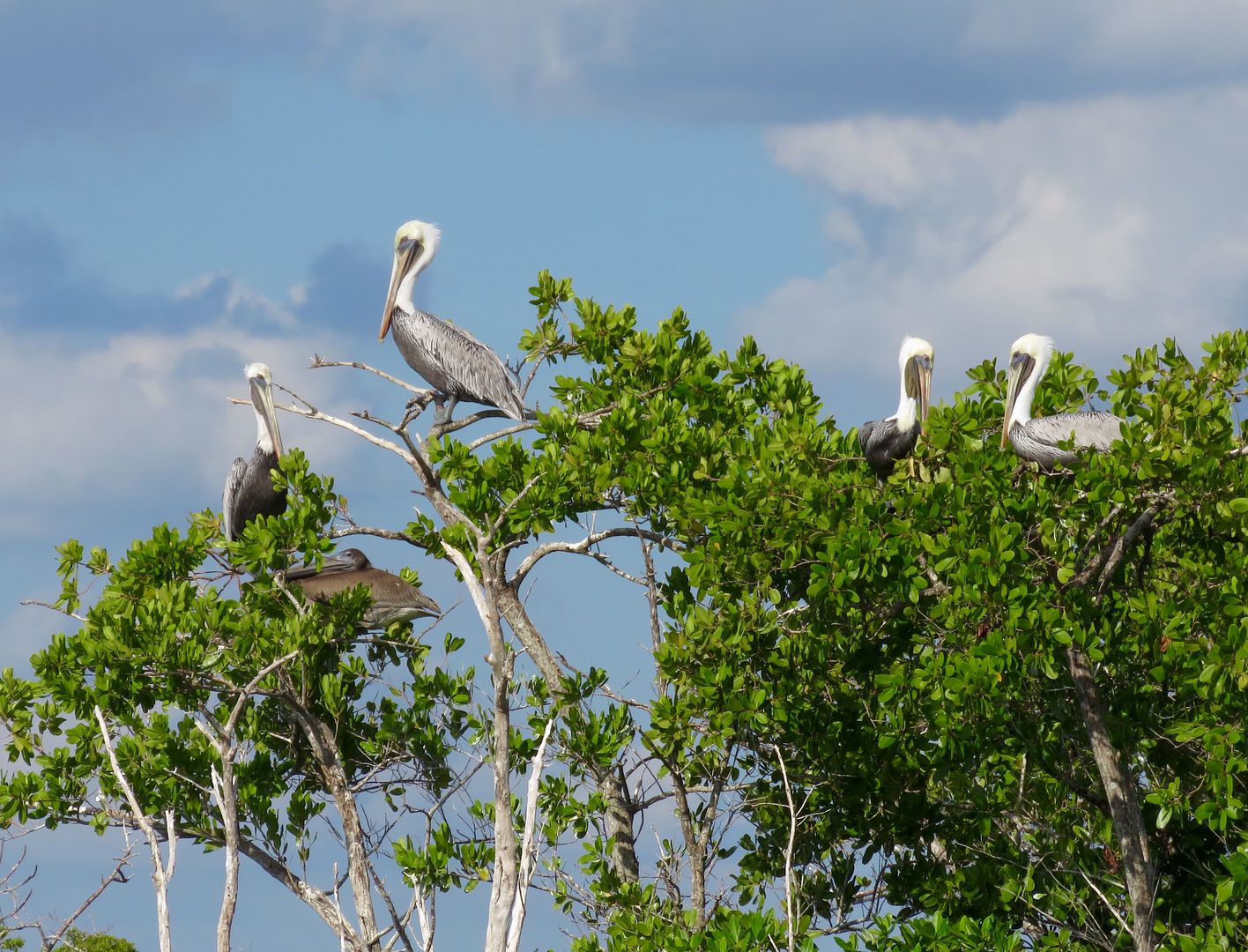
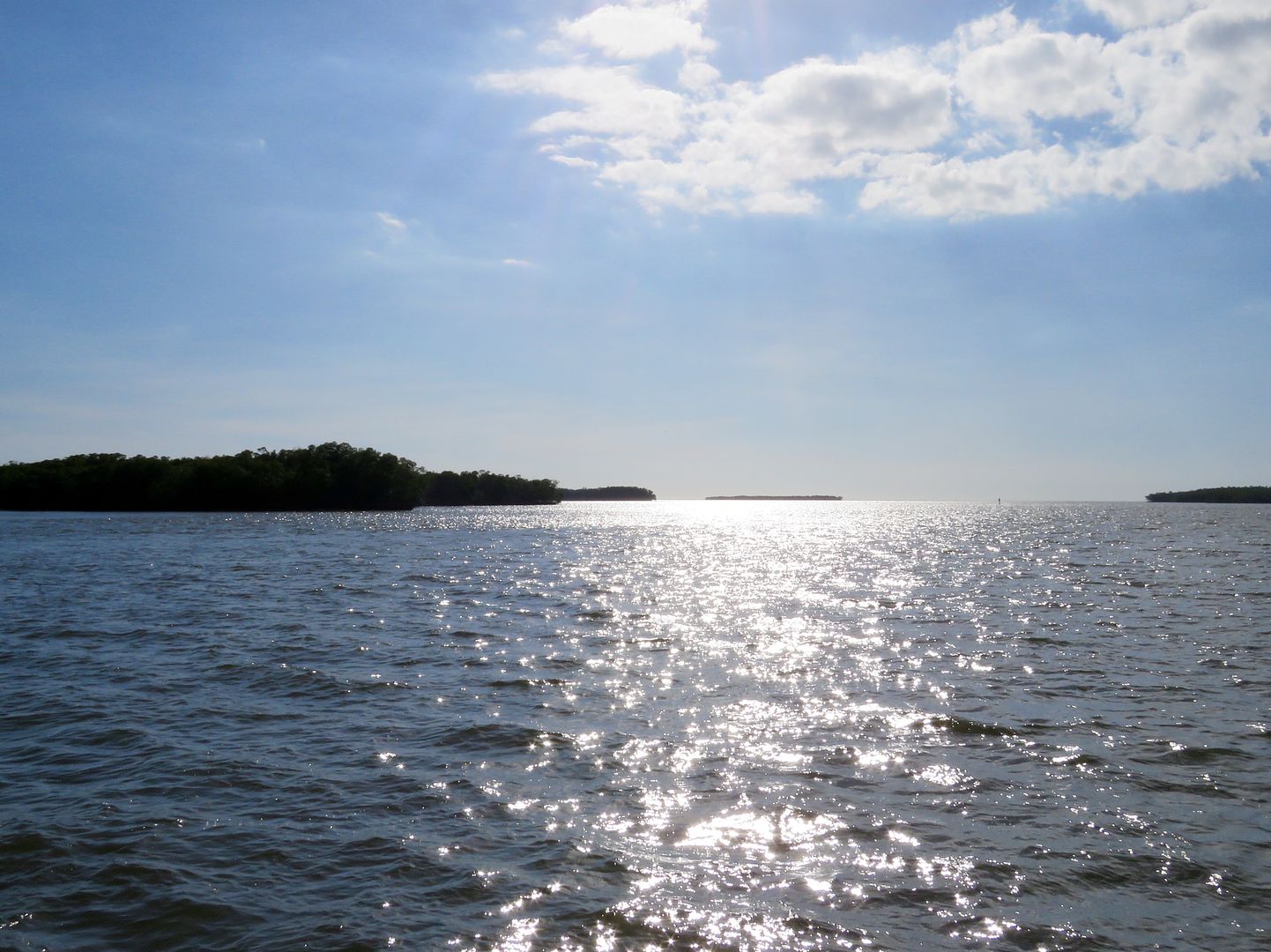

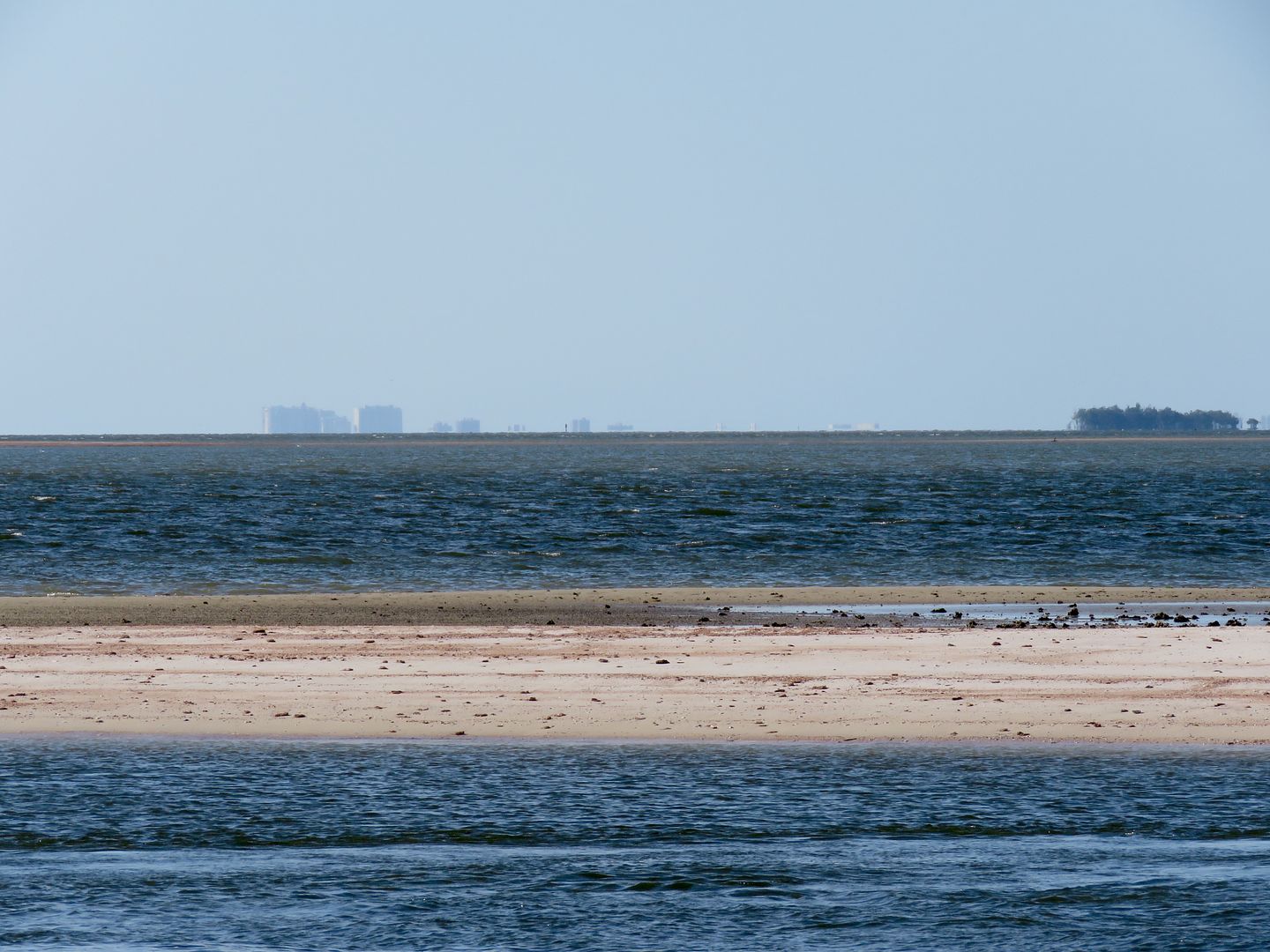

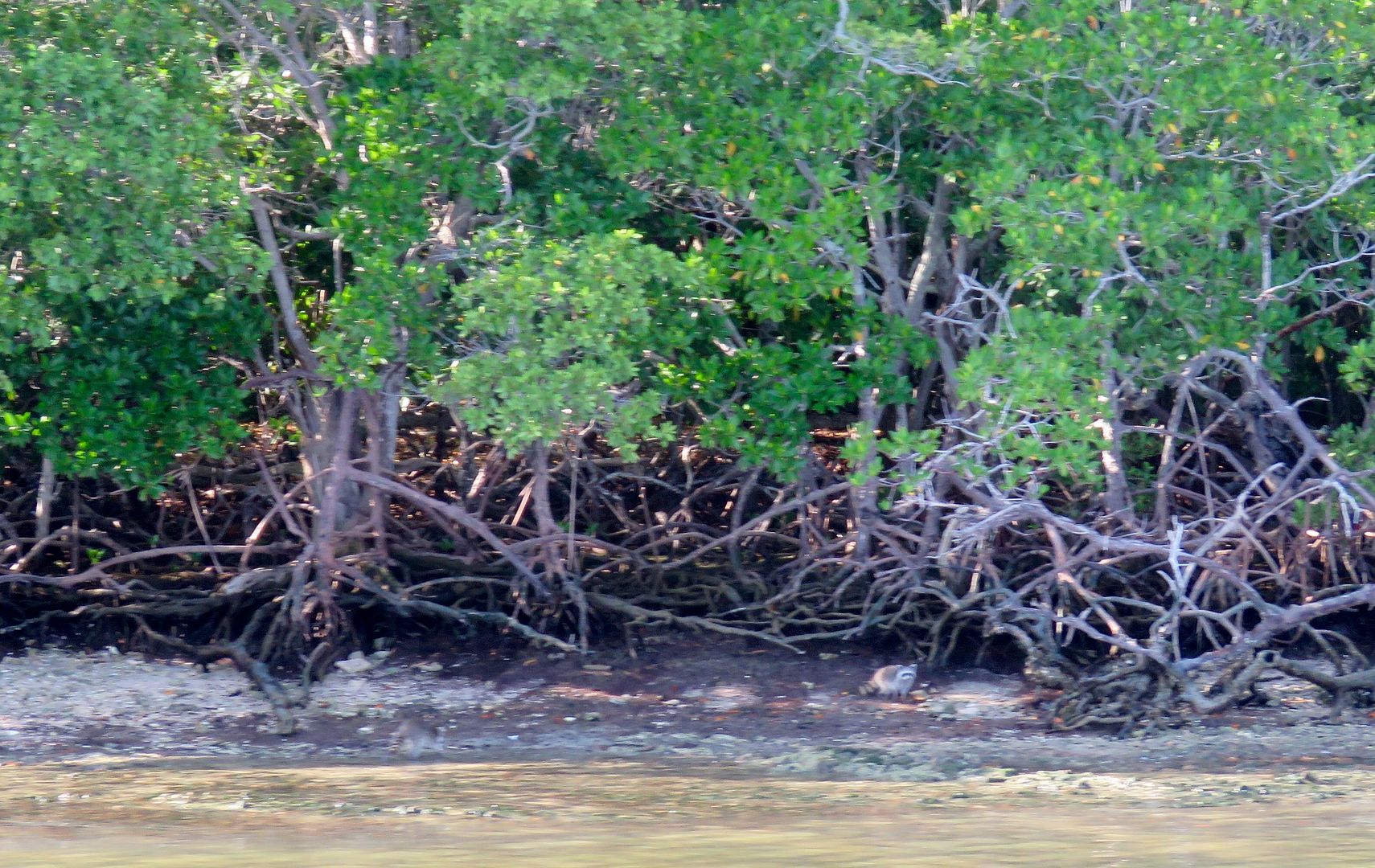

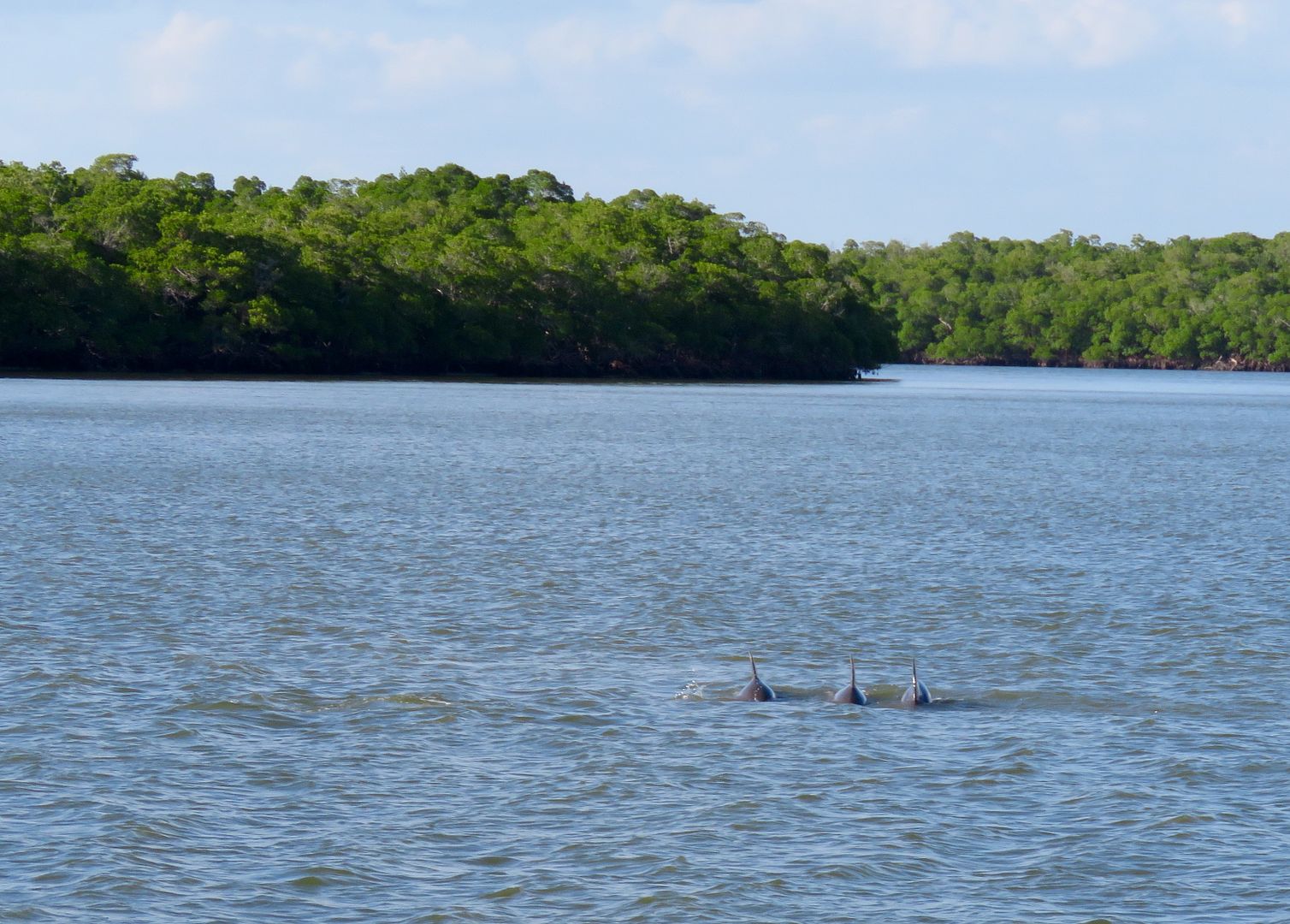
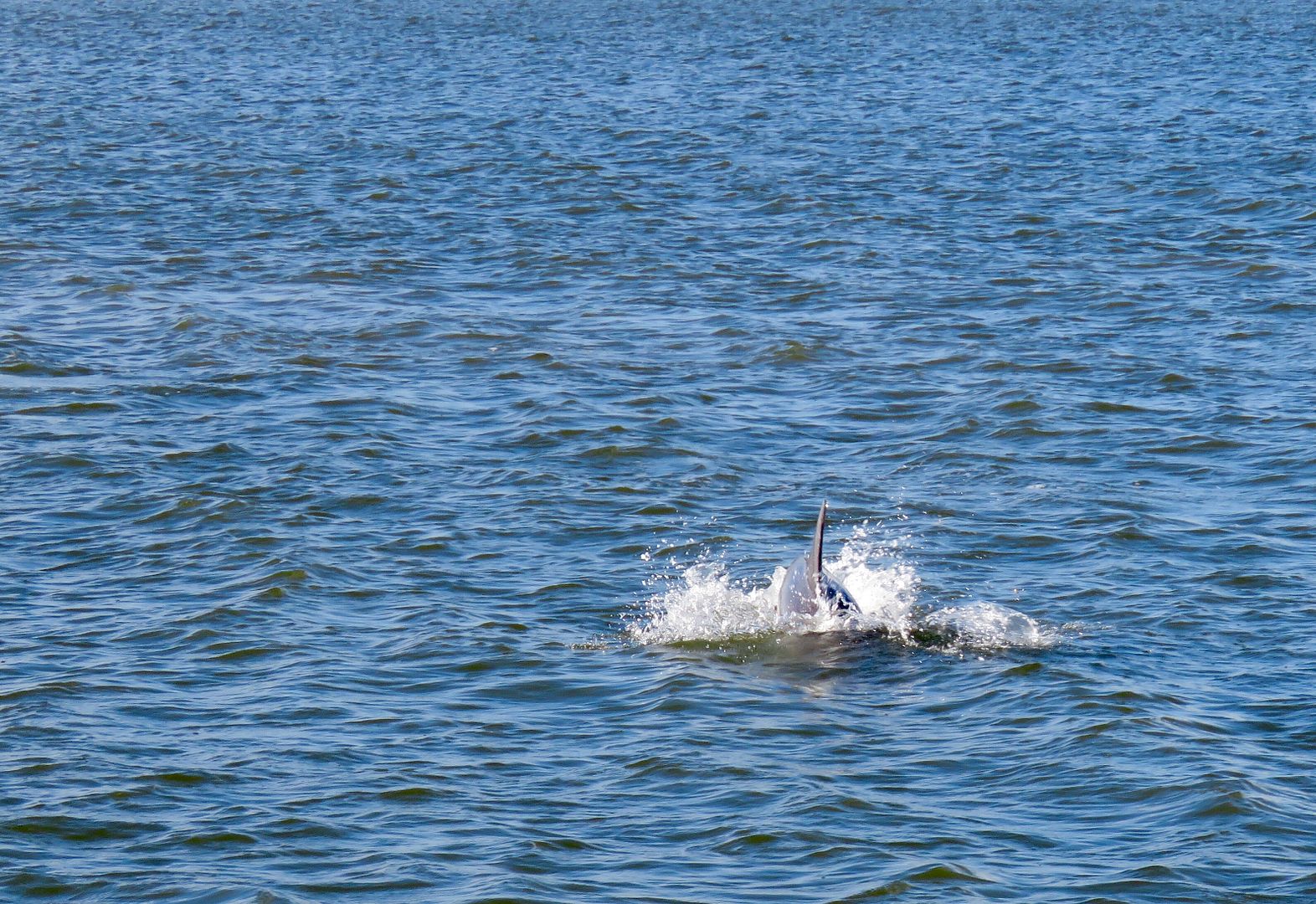

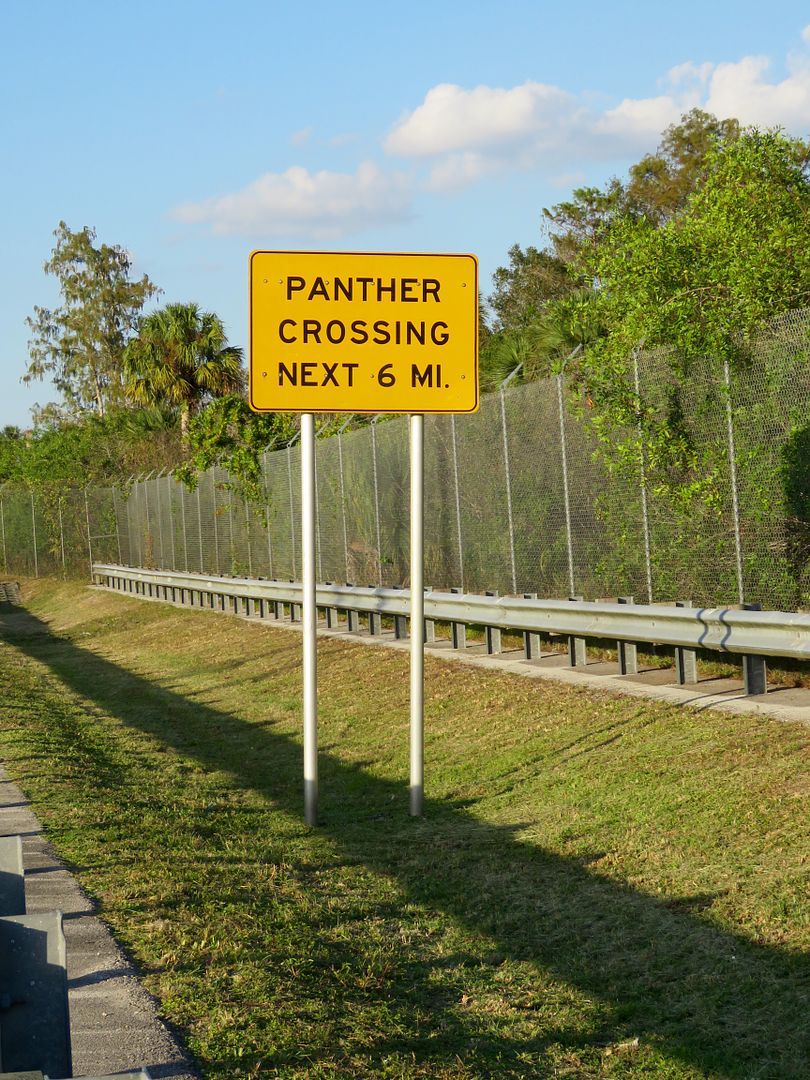
No comments:
Post a Comment